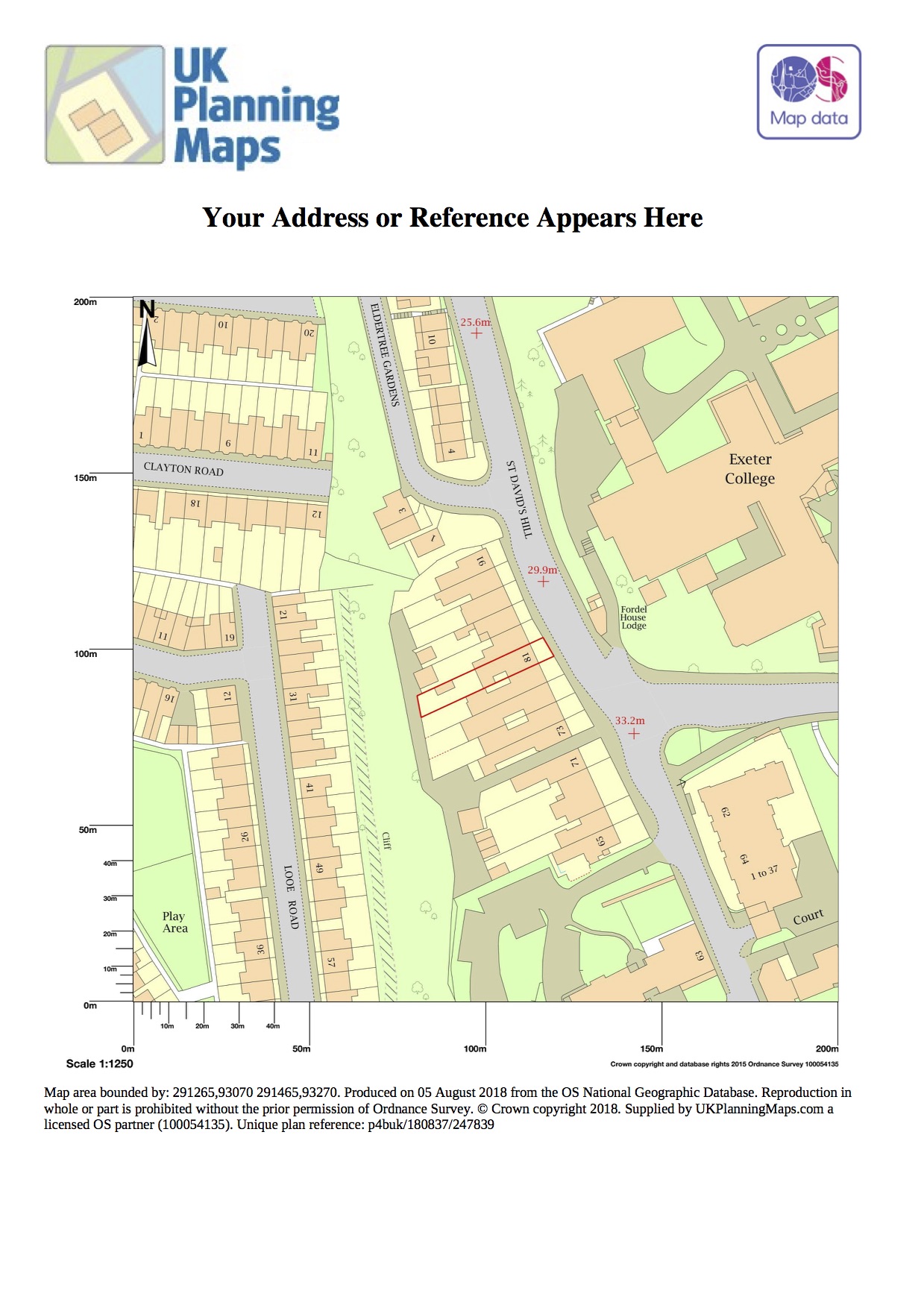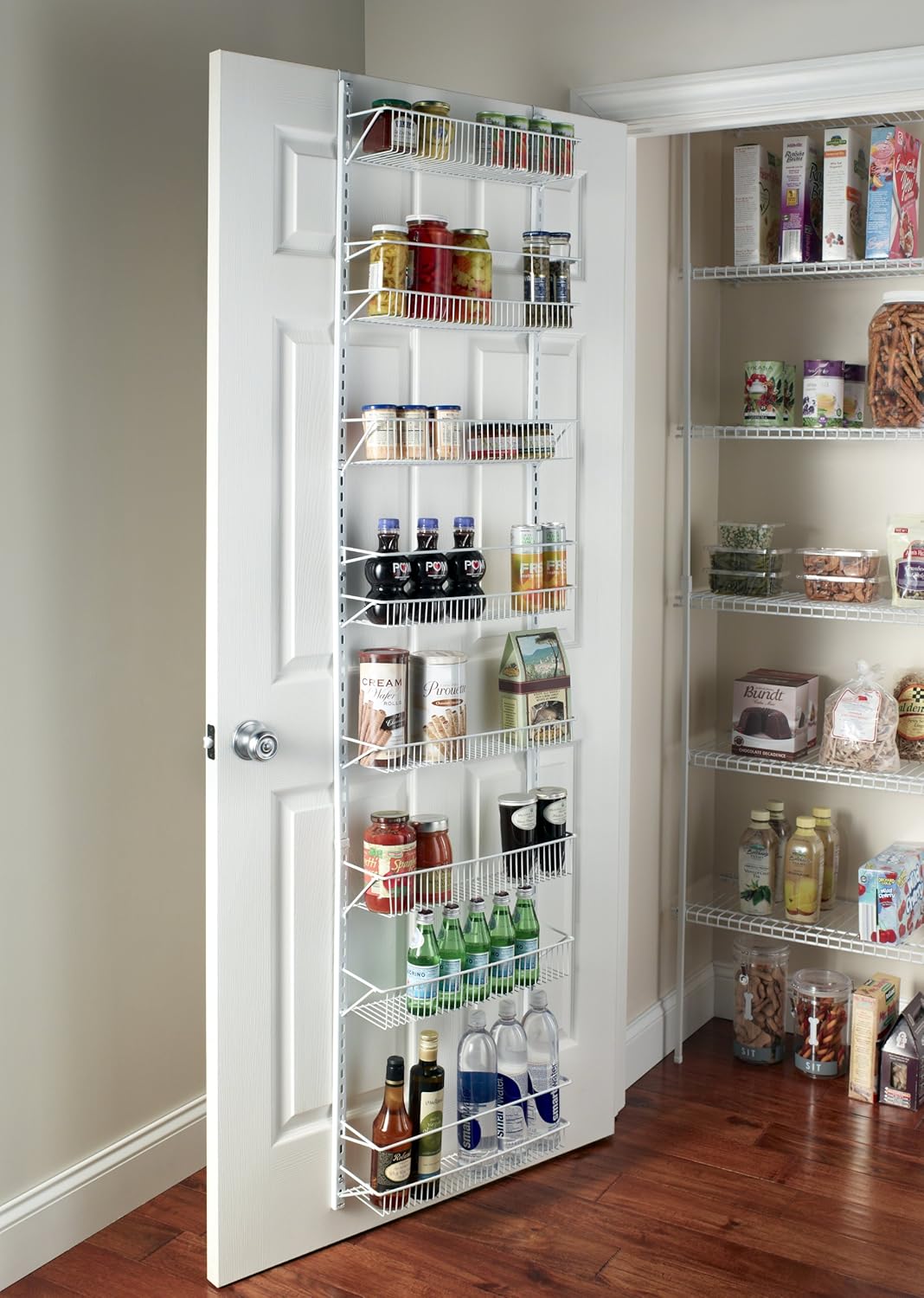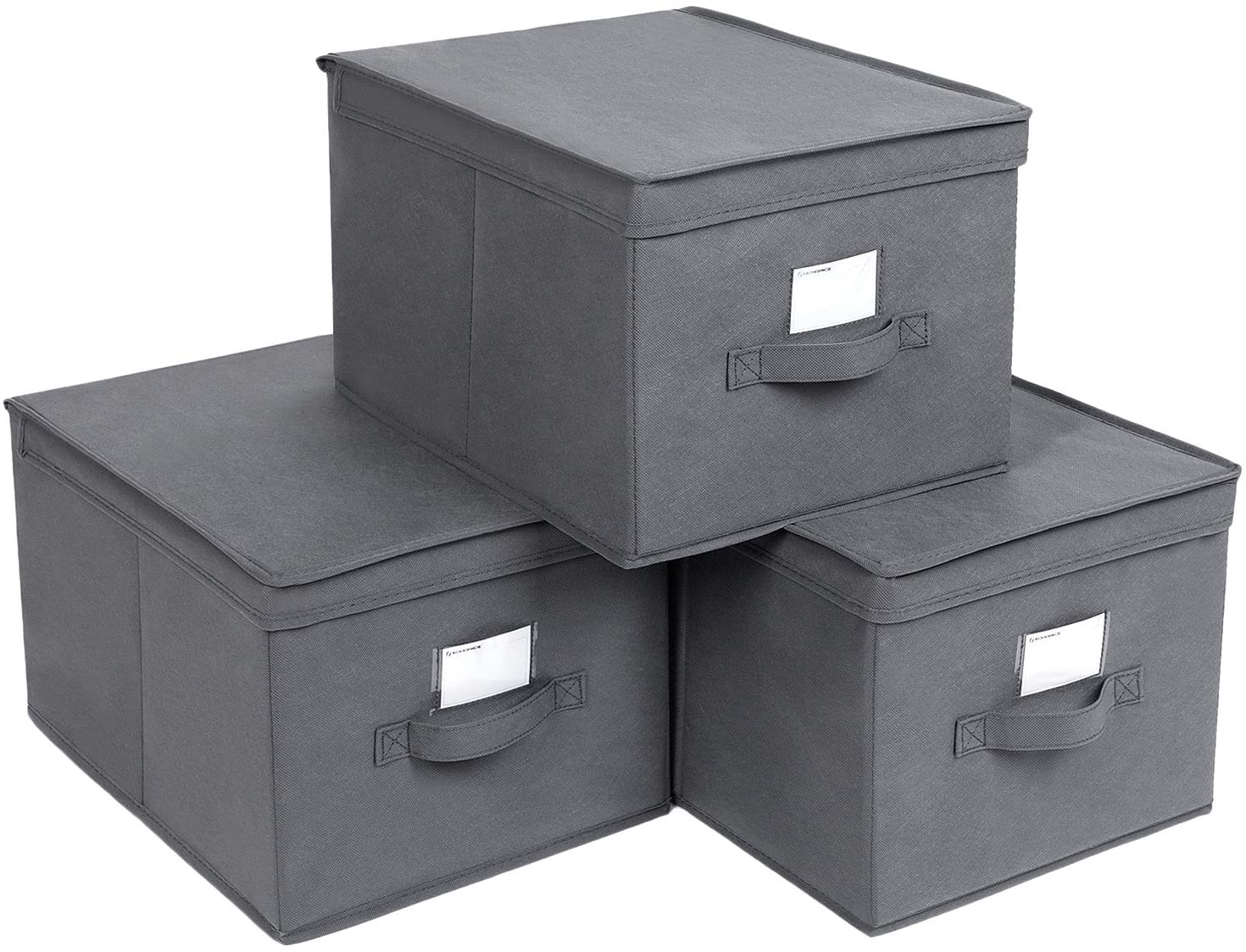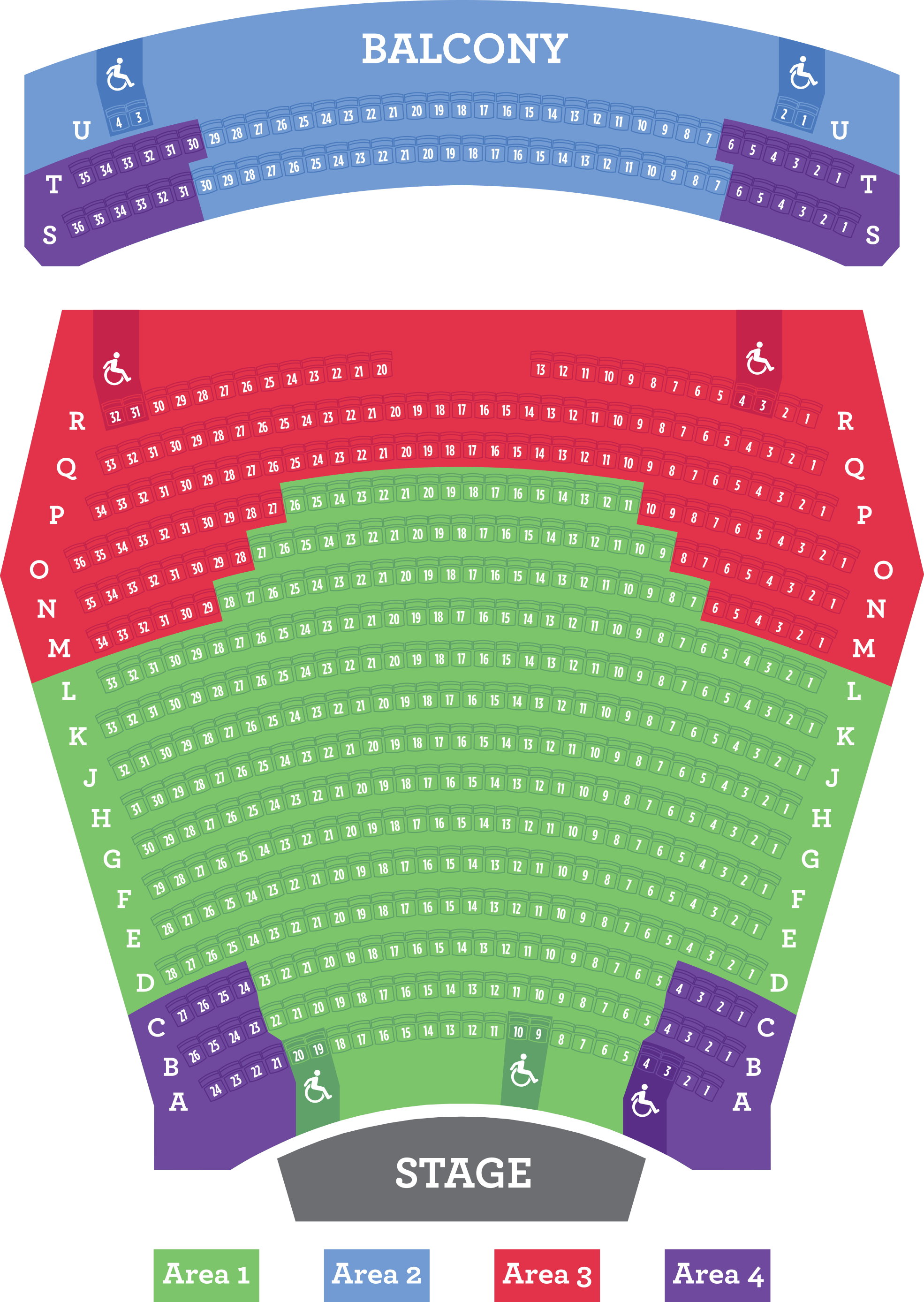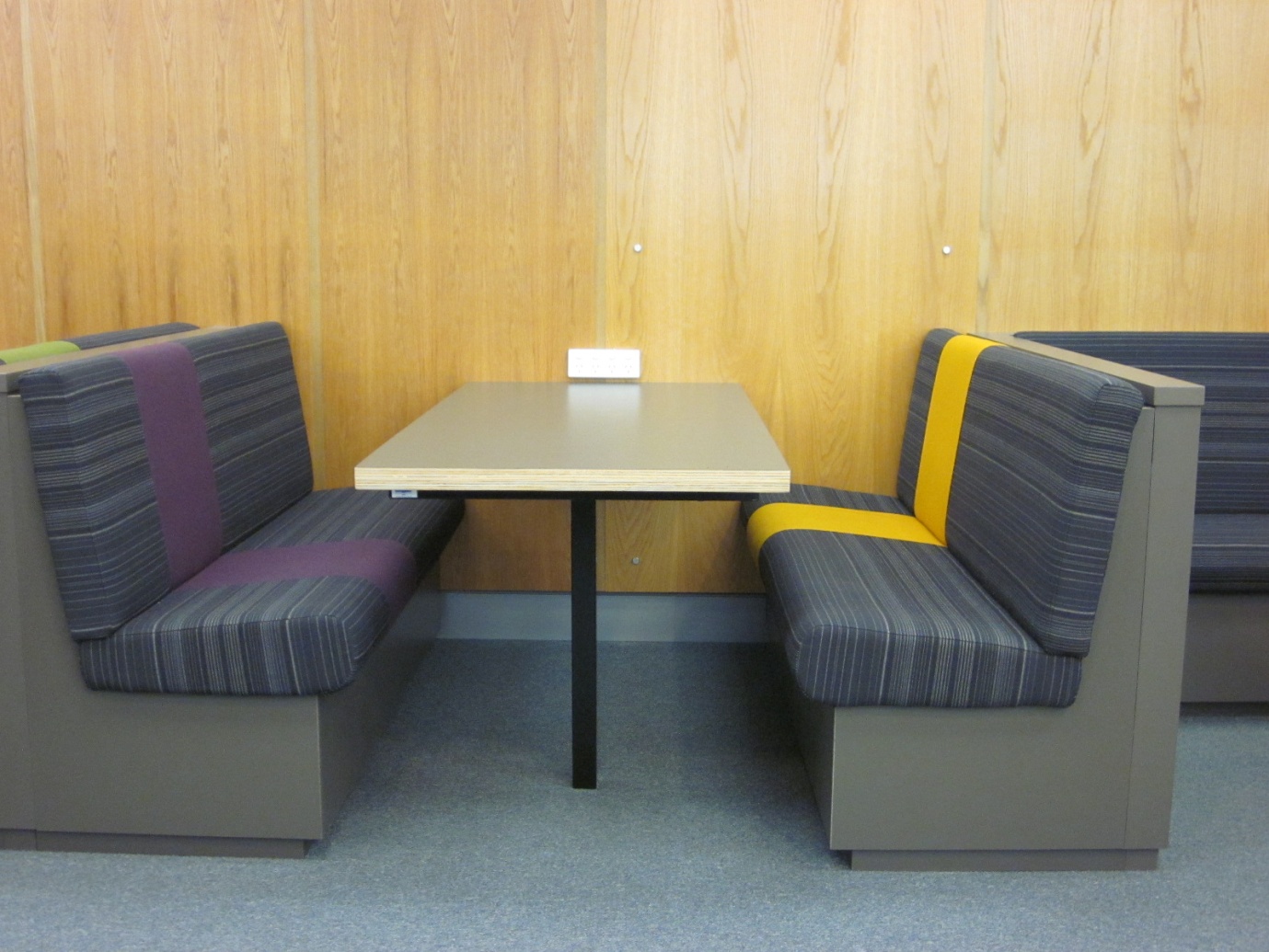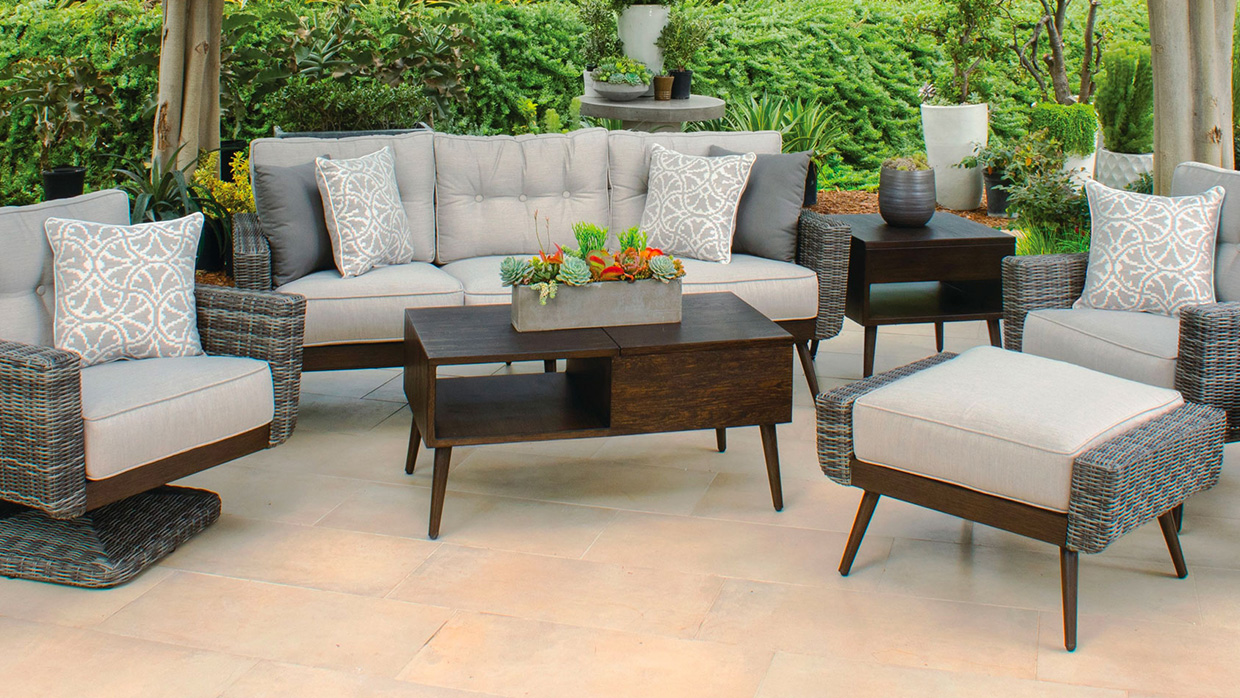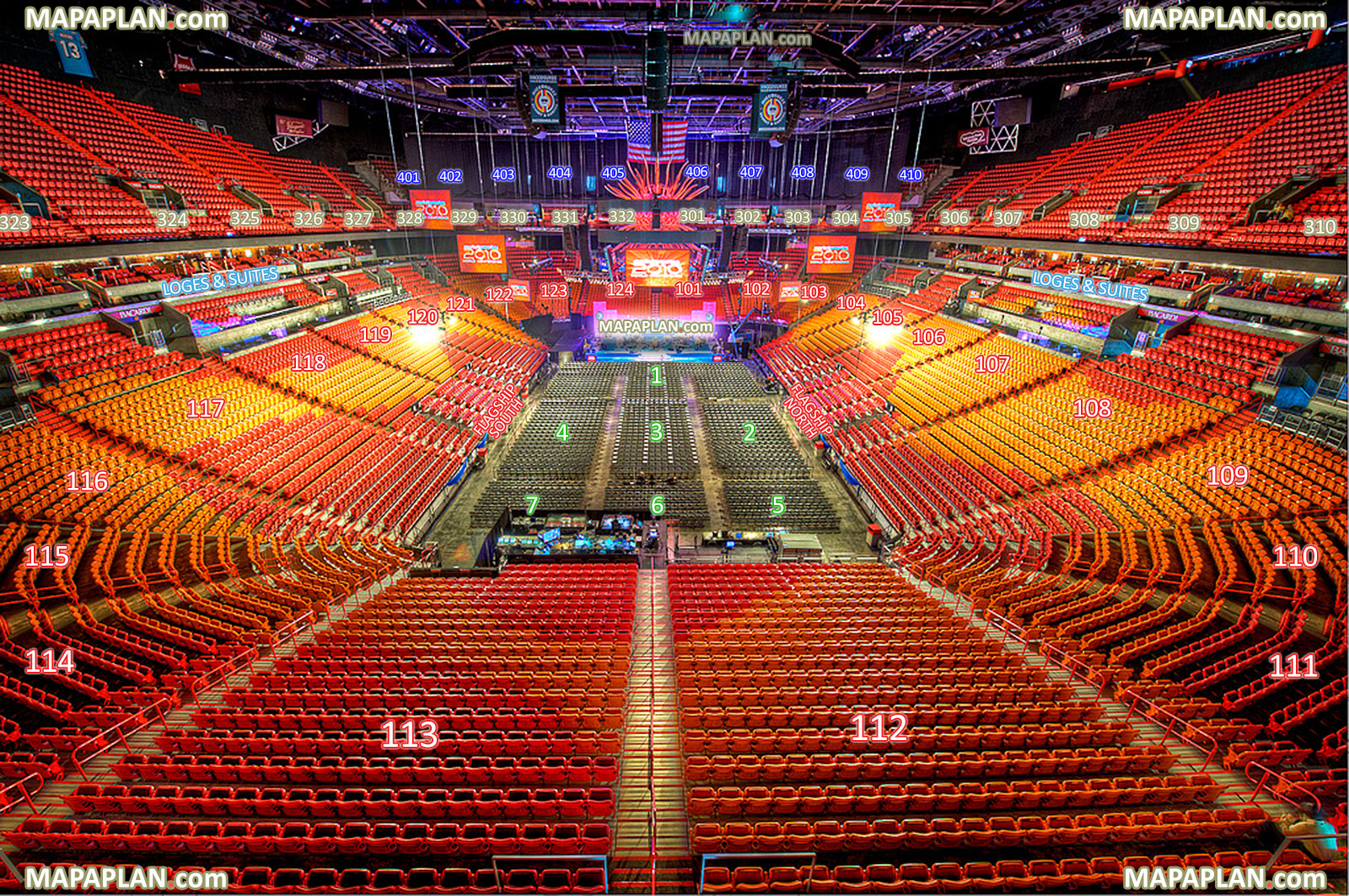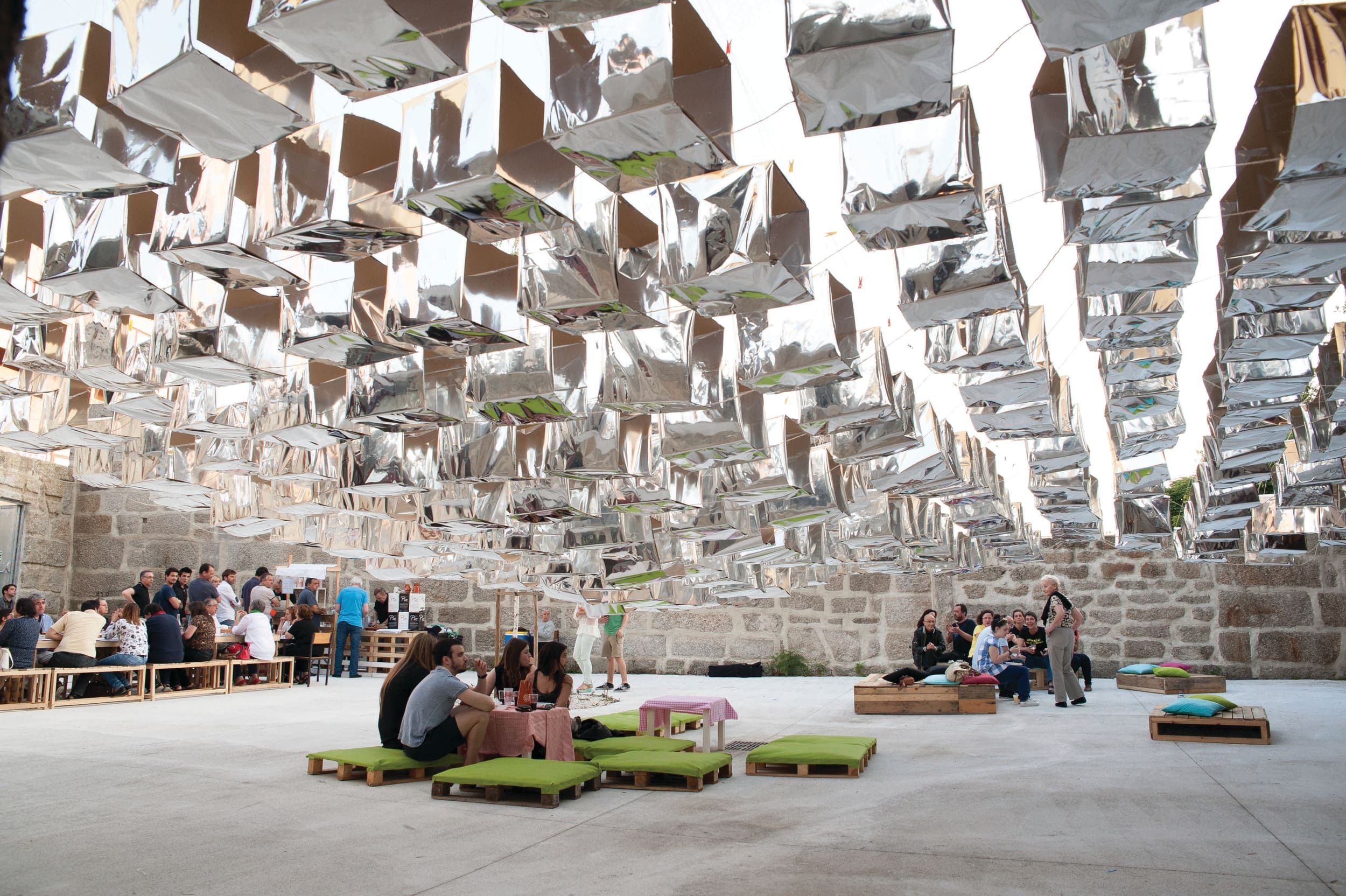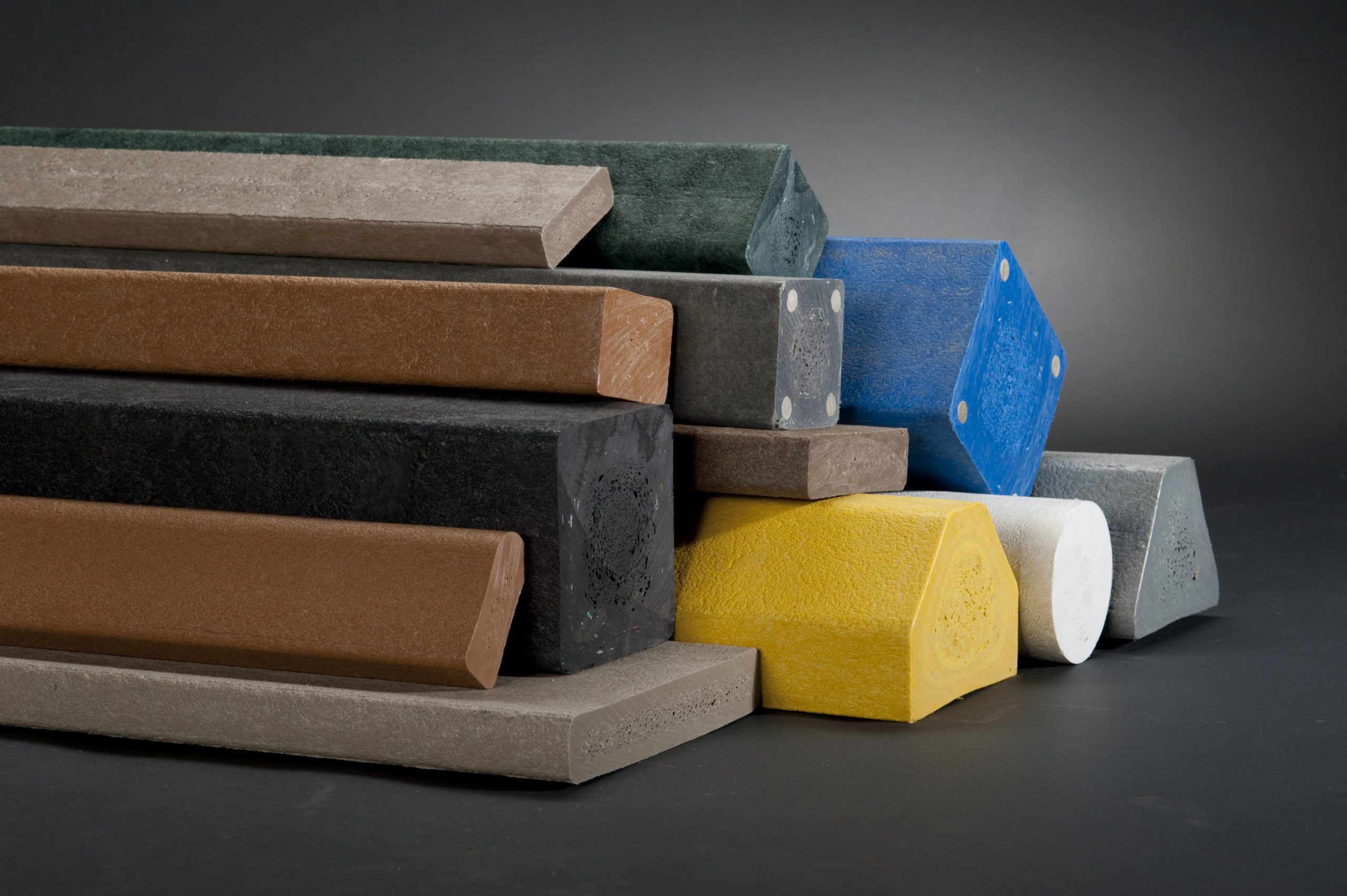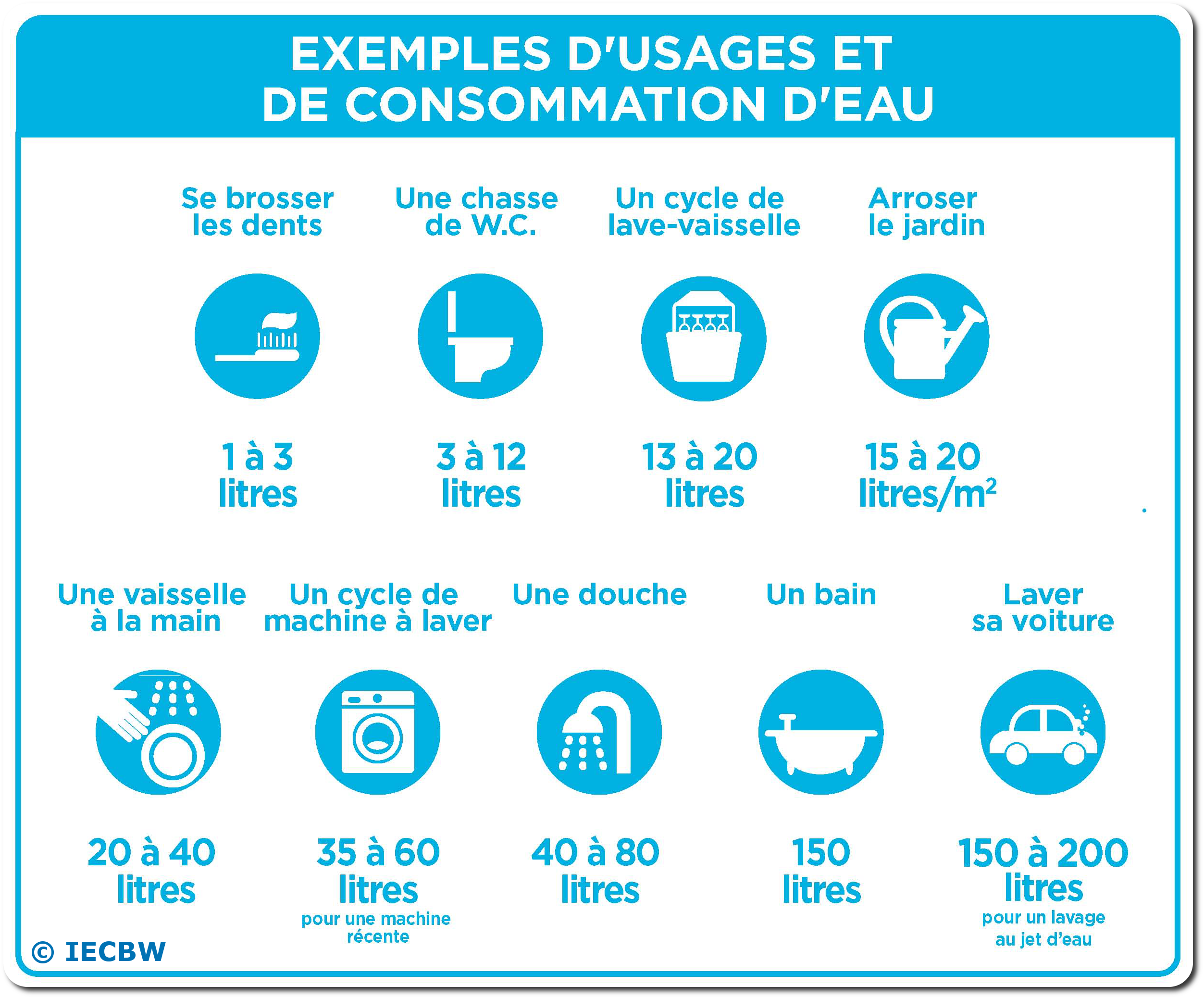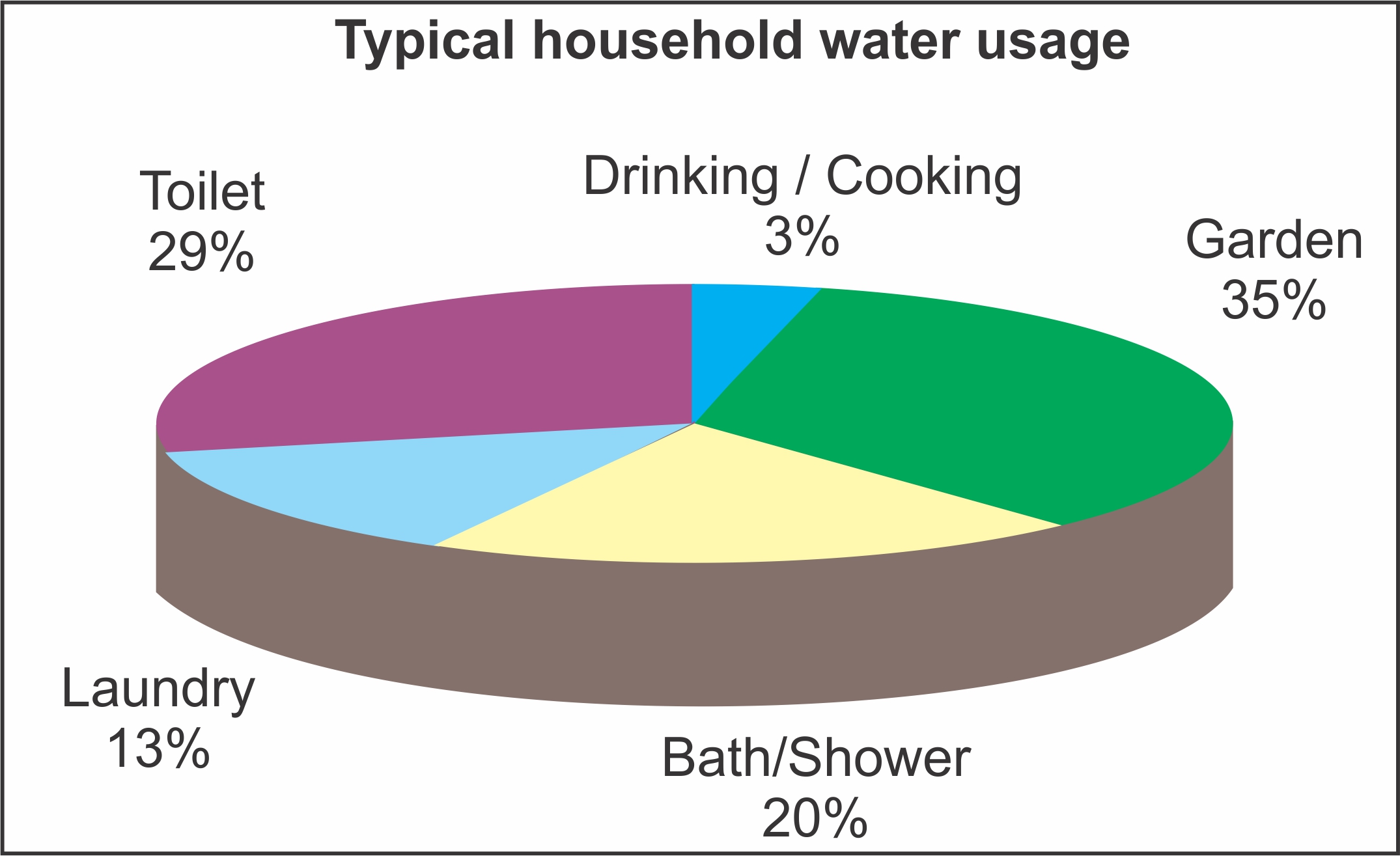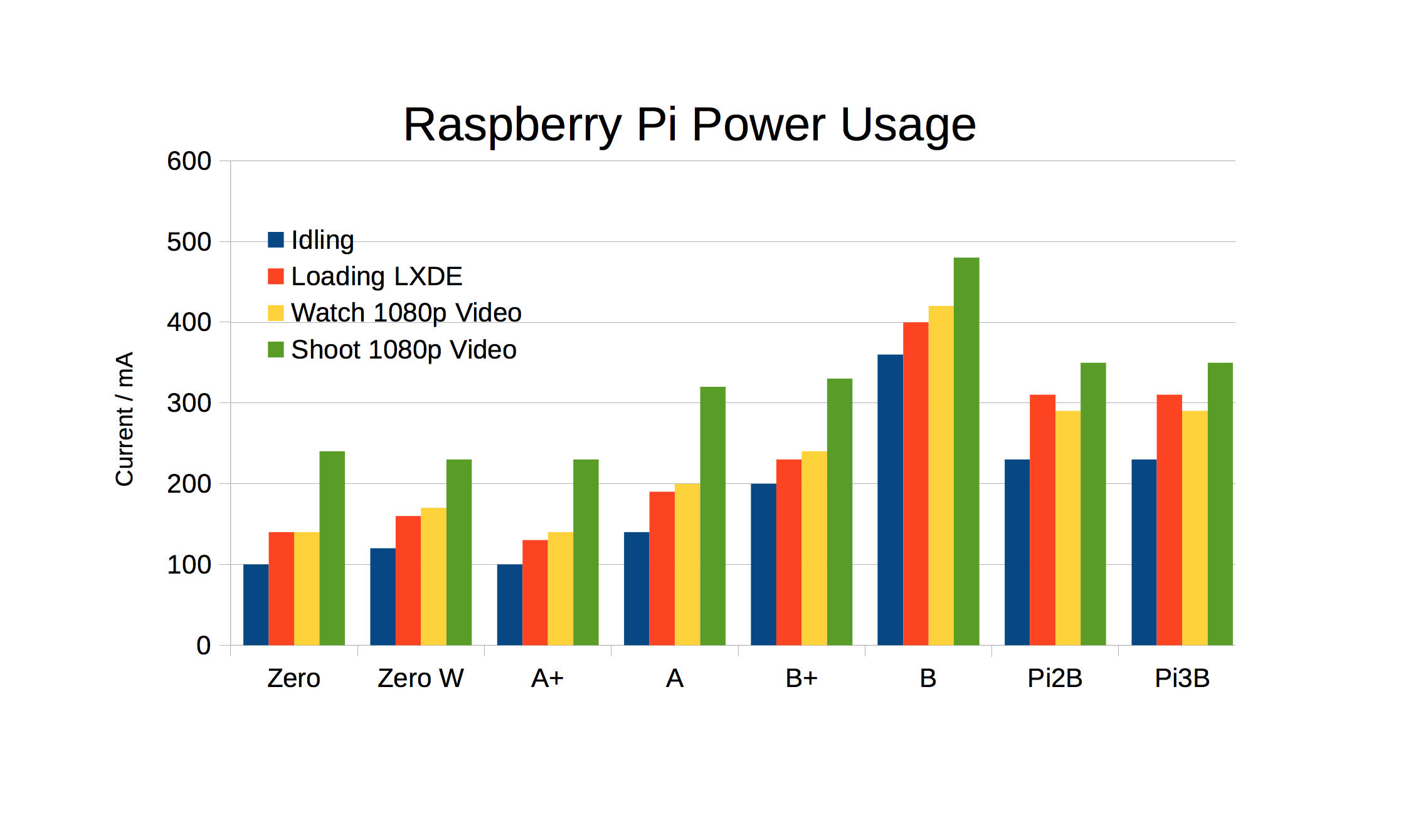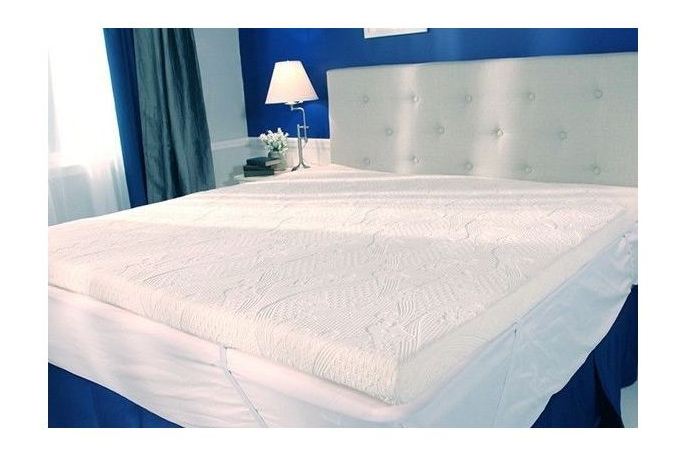The size is one of the main differences between a kitchen island and a breakfast bar. A kitchen island typically takes up more space in the kitchen, as it is a standalone unit that can be quite large. On the other hand, a breakfast bar is usually smaller and can be built into or attached to the kitchen counter or wall. This difference in size can greatly affect the overall layout and flow of the kitchen.Size
The design of a kitchen island and a breakfast bar also differs greatly. A kitchen island is often a focal point of the kitchen, with a variety of design options such as different shapes, materials, and finishes. It can also include features like sinks, stovetops, and storage. A breakfast bar, on the other hand, is usually a simple extension of the kitchen counter, with a more minimalistic design. It may not have as many design options, but it can still add visual interest to the kitchen.Design
The functionality of a kitchen island and a breakfast bar also sets them apart. A kitchen island is a versatile workspace that can be used for food preparation, cooking, and dining. It also provides additional storage and can serve as a gathering space for family and friends. A breakfast bar, on the other hand, is primarily used for dining and can be a convenient spot for quick meals or a casual hangout spot.Functionality
The location of a kitchen island and a breakfast bar is another key difference. A kitchen island is typically located in the center of the kitchen, often as a standalone unit. This allows for easy access from all sides and can make it the focal point of the kitchen. A breakfast bar, on the other hand, is usually located at the end or side of the kitchen counter. This placement allows for a more seamless flow between the kitchen and dining area.Location
As mentioned earlier, a kitchen island often offers additional storage options, such as cabinets and drawers. This can be beneficial for keeping kitchen essentials organized and within reach. A breakfast bar, on the other hand, may not have as much storage space. However, it can still have shelves or cabinets built into it for storing frequently used items.Storage
One of the main purposes of a breakfast bar is to provide seating for dining. This is why it is often designed with stools or chairs that can be tucked under the counter when not in use. A kitchen island, on the other hand, may or may not have seating options. If it does, it is usually in the form of a separate dining table or chairs placed around the island.Seating
The cost of a kitchen island and a breakfast bar can also vary significantly. A kitchen island, especially a custom-made one, can be quite expensive due to its size and additional features. On the other hand, a breakfast bar is usually more affordable, especially if it is attached to the existing kitchen counter. This makes it a budget-friendly option for those looking to add a dining space to their kitchen.Cost
The installation process for a kitchen island and a breakfast bar can also be different. A kitchen island often requires professional installation, as it may involve electrical and plumbing work. On the other hand, a breakfast bar can be installed by a homeowner with some DIY skills. This can save on installation costs and also allow for more customization options.Installation
The materials used for a kitchen island and a breakfast bar can also vary. A kitchen island can be made of a variety of materials, including wood, granite, or quartz. These materials are often durable and can withstand the wear and tear of a busy kitchen. A breakfast bar, on the other hand, is usually made of the same material as the kitchen counter for a cohesive look.Materials
Lastly, the usage of a kitchen island and a breakfast bar may differ. A kitchen island is often used for a variety of tasks, from food preparation to dining and entertaining. It can also serve as a workspace for children to do homework or for adults to work from home. A breakfast bar, on the other hand, is primarily used for dining and may not be suitable for other activities.Usage
The Benefits of Having a Kitchen Island and Breakfast Bar
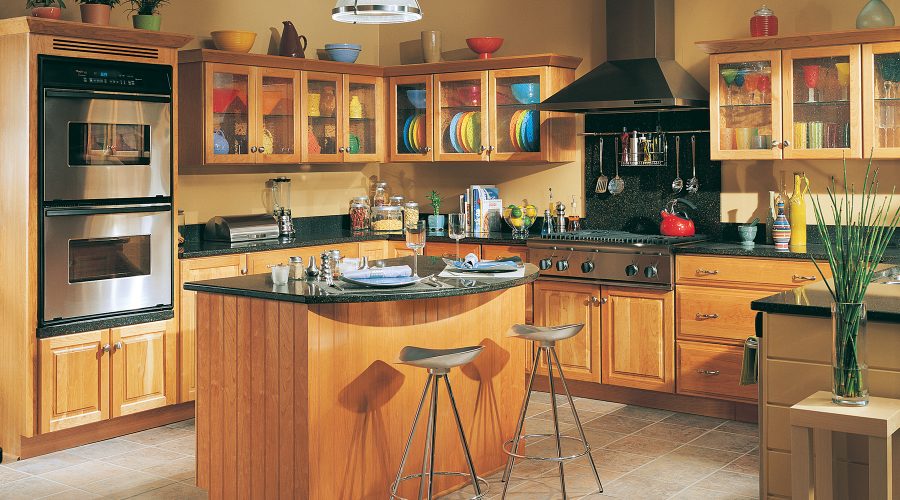
Maximizing Space and Functionality
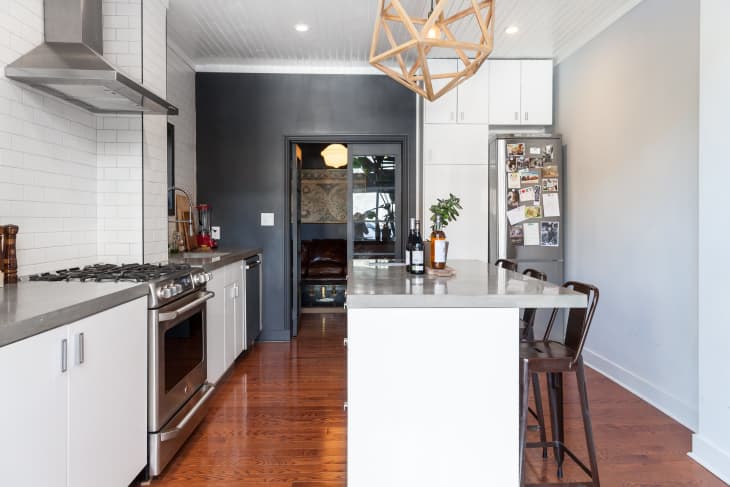 When it comes to house design, the kitchen is often considered the heart of the home. It is where families gather to cook, eat, and socialize. Therefore, it is important to have a well-designed and functional kitchen. A kitchen island and breakfast bar are two popular options for homeowners looking to add extra space and functionality to their kitchen.
A kitchen island
is a freestanding countertop that is typically located in the center of the kitchen. It is a versatile piece of furniture that can serve multiple purposes, such as a prep area, extra storage, or a dining table. With the addition of stools, it can also serve as a casual seating area for quick meals or entertaining guests. The
main keyword
of a kitchen island is its versatility. It allows for more counter space, storage, and seating options, making it a great addition to any kitchen.
On the other hand, a
breakfast bar
is a raised countertop typically attached to a wall or kitchen island. It is designed to provide a casual dining area for quick breakfasts or snacks. It is a great space-saving option for smaller kitchens, as it takes up less space than a traditional dining table. The
main keyword
of a breakfast bar is its functionality. It is a perfect spot for a quick meal or for kids to do homework while still being in the kitchen area.
When it comes to house design, the kitchen is often considered the heart of the home. It is where families gather to cook, eat, and socialize. Therefore, it is important to have a well-designed and functional kitchen. A kitchen island and breakfast bar are two popular options for homeowners looking to add extra space and functionality to their kitchen.
A kitchen island
is a freestanding countertop that is typically located in the center of the kitchen. It is a versatile piece of furniture that can serve multiple purposes, such as a prep area, extra storage, or a dining table. With the addition of stools, it can also serve as a casual seating area for quick meals or entertaining guests. The
main keyword
of a kitchen island is its versatility. It allows for more counter space, storage, and seating options, making it a great addition to any kitchen.
On the other hand, a
breakfast bar
is a raised countertop typically attached to a wall or kitchen island. It is designed to provide a casual dining area for quick breakfasts or snacks. It is a great space-saving option for smaller kitchens, as it takes up less space than a traditional dining table. The
main keyword
of a breakfast bar is its functionality. It is a perfect spot for a quick meal or for kids to do homework while still being in the kitchen area.
Adding Style and Visual Appeal
 Aside from their practical uses, both a kitchen island and breakfast bar can also enhance the overall look and feel of a kitchen. They add a touch of style and sophistication to the space, making it more visually appealing. Kitchen islands come in a variety of designs, materials, and finishes, allowing homeowners to choose one that matches their personal style and complements the rest of their kitchen. Breakfast bars, on the other hand, are a great way to add a pop of color or texture to the kitchen, as they can be made with different materials such as wood, granite, or quartz.
In conclusion
, both a kitchen island and breakfast bar offer numerous benefits for homeowners looking to improve their kitchen design. They provide extra space and functionality, as well as add style and visual appeal to the space. Whether you have a large or small kitchen, a kitchen island or breakfast bar can be a valuable addition to your home. So, if you are looking to upgrade your kitchen, consider incorporating one of these features to elevate your space.
Aside from their practical uses, both a kitchen island and breakfast bar can also enhance the overall look and feel of a kitchen. They add a touch of style and sophistication to the space, making it more visually appealing. Kitchen islands come in a variety of designs, materials, and finishes, allowing homeowners to choose one that matches their personal style and complements the rest of their kitchen. Breakfast bars, on the other hand, are a great way to add a pop of color or texture to the kitchen, as they can be made with different materials such as wood, granite, or quartz.
In conclusion
, both a kitchen island and breakfast bar offer numerous benefits for homeowners looking to improve their kitchen design. They provide extra space and functionality, as well as add style and visual appeal to the space. Whether you have a large or small kitchen, a kitchen island or breakfast bar can be a valuable addition to your home. So, if you are looking to upgrade your kitchen, consider incorporating one of these features to elevate your space.




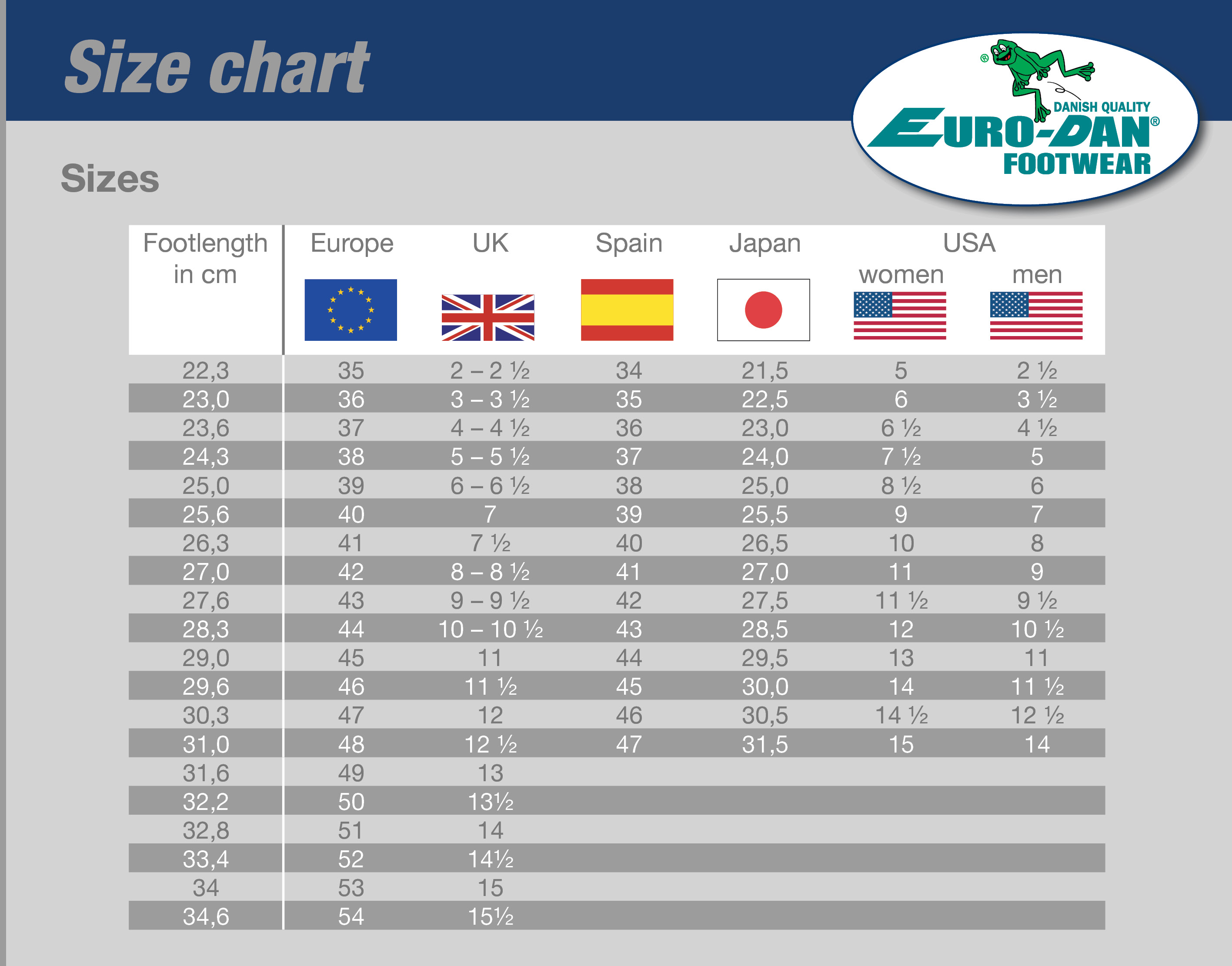
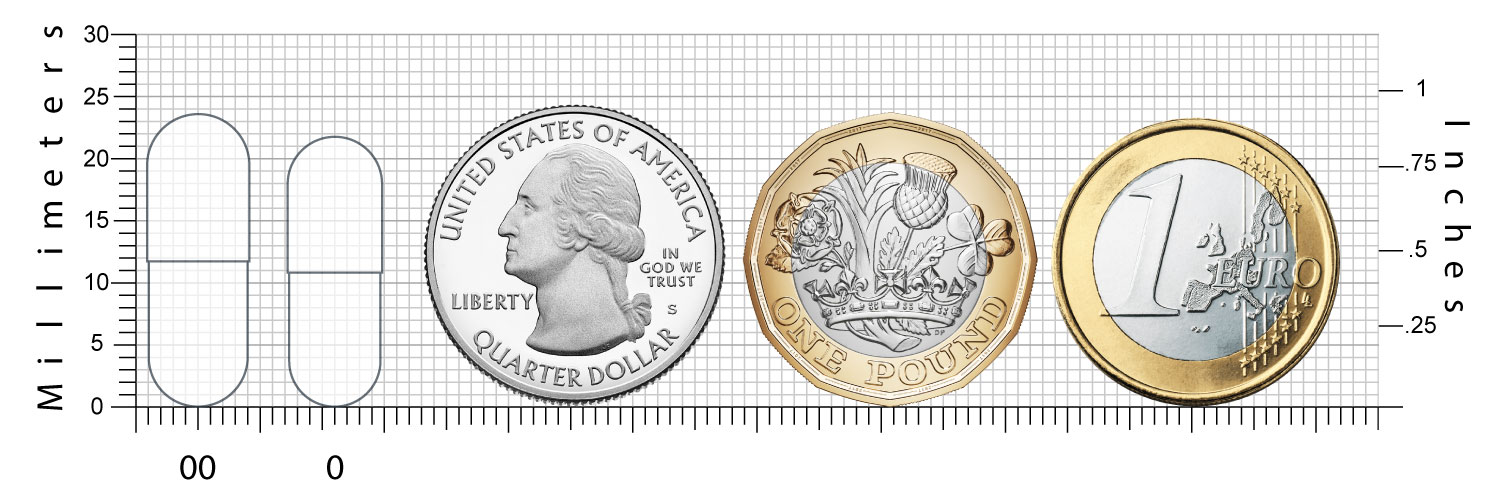
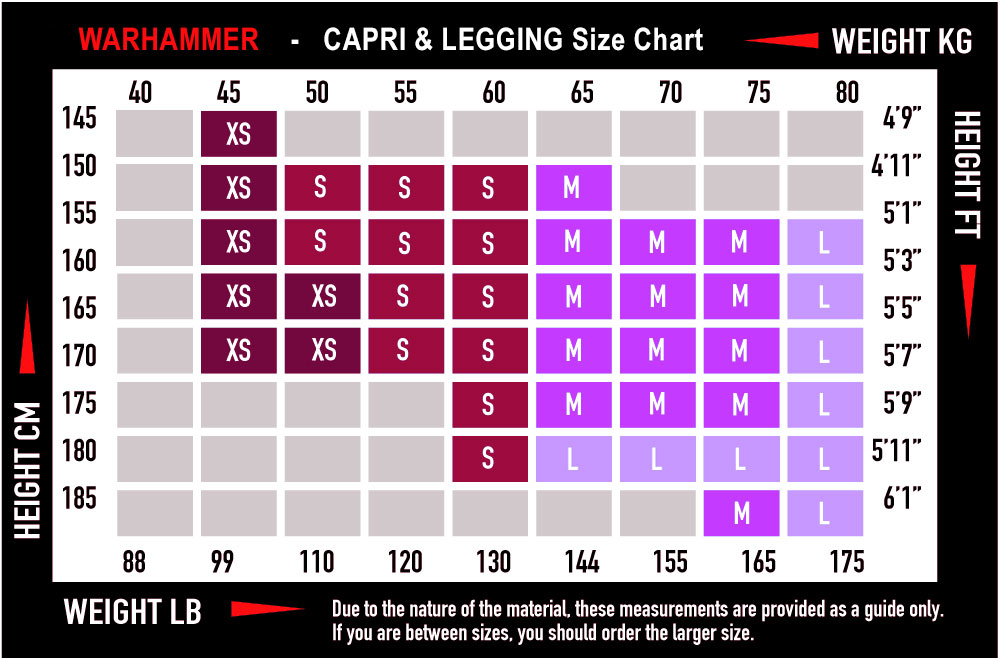


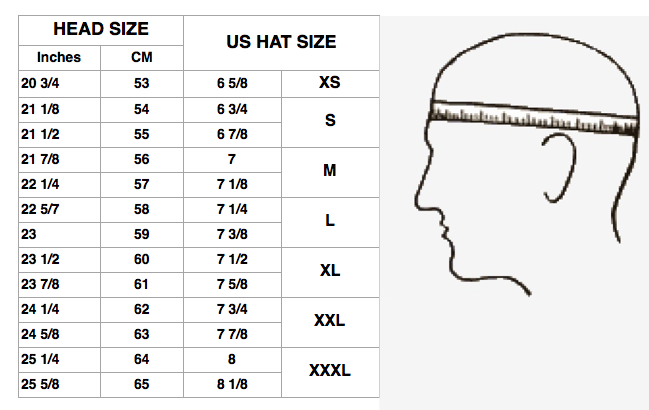
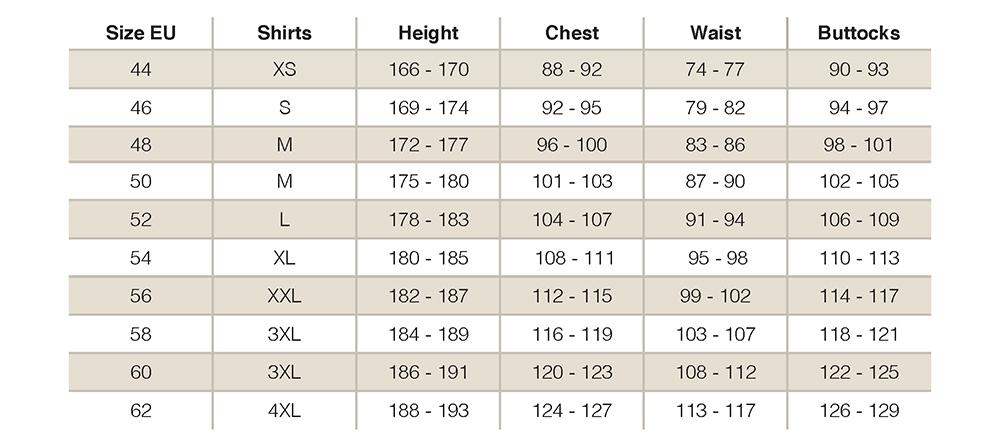
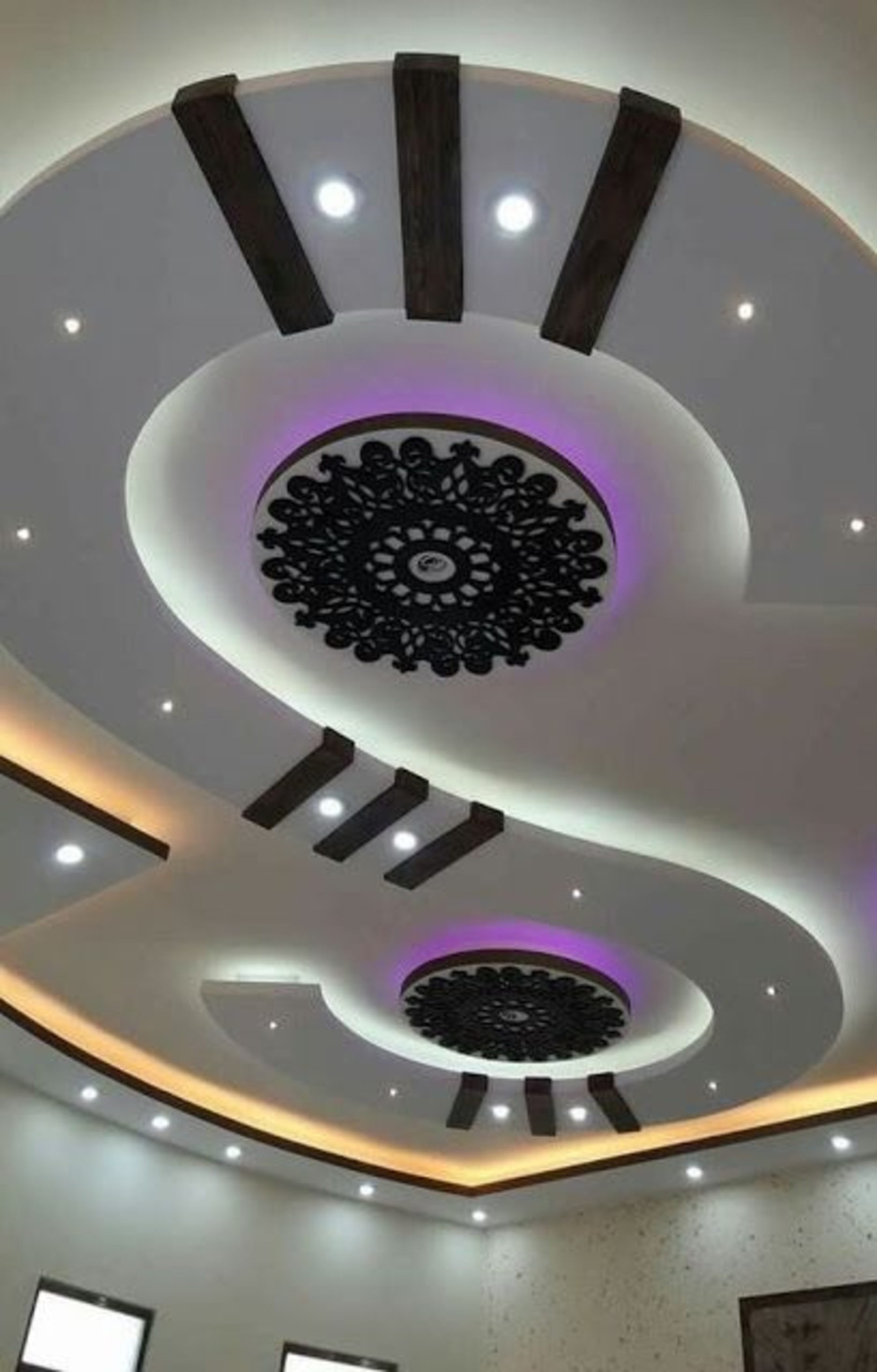

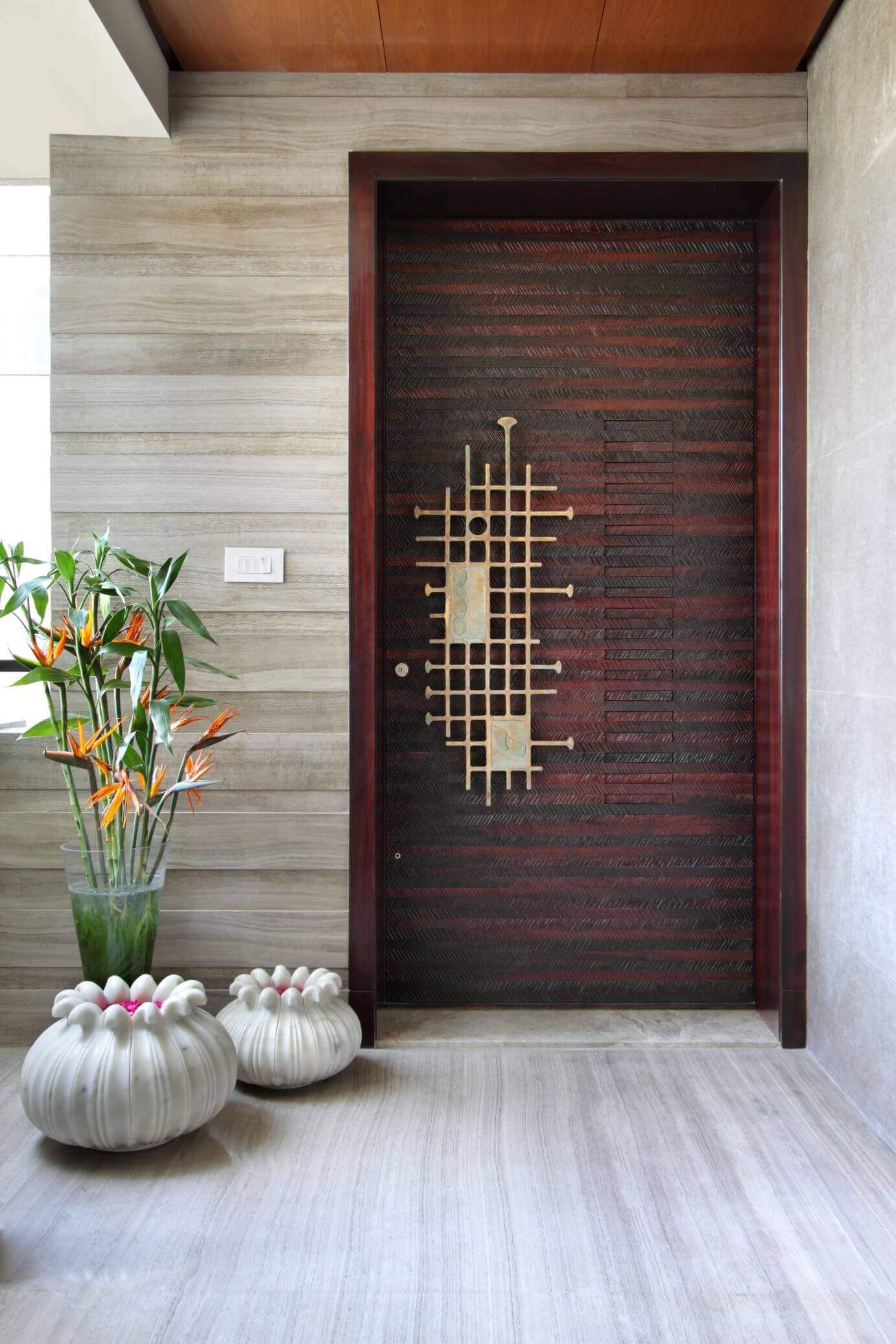
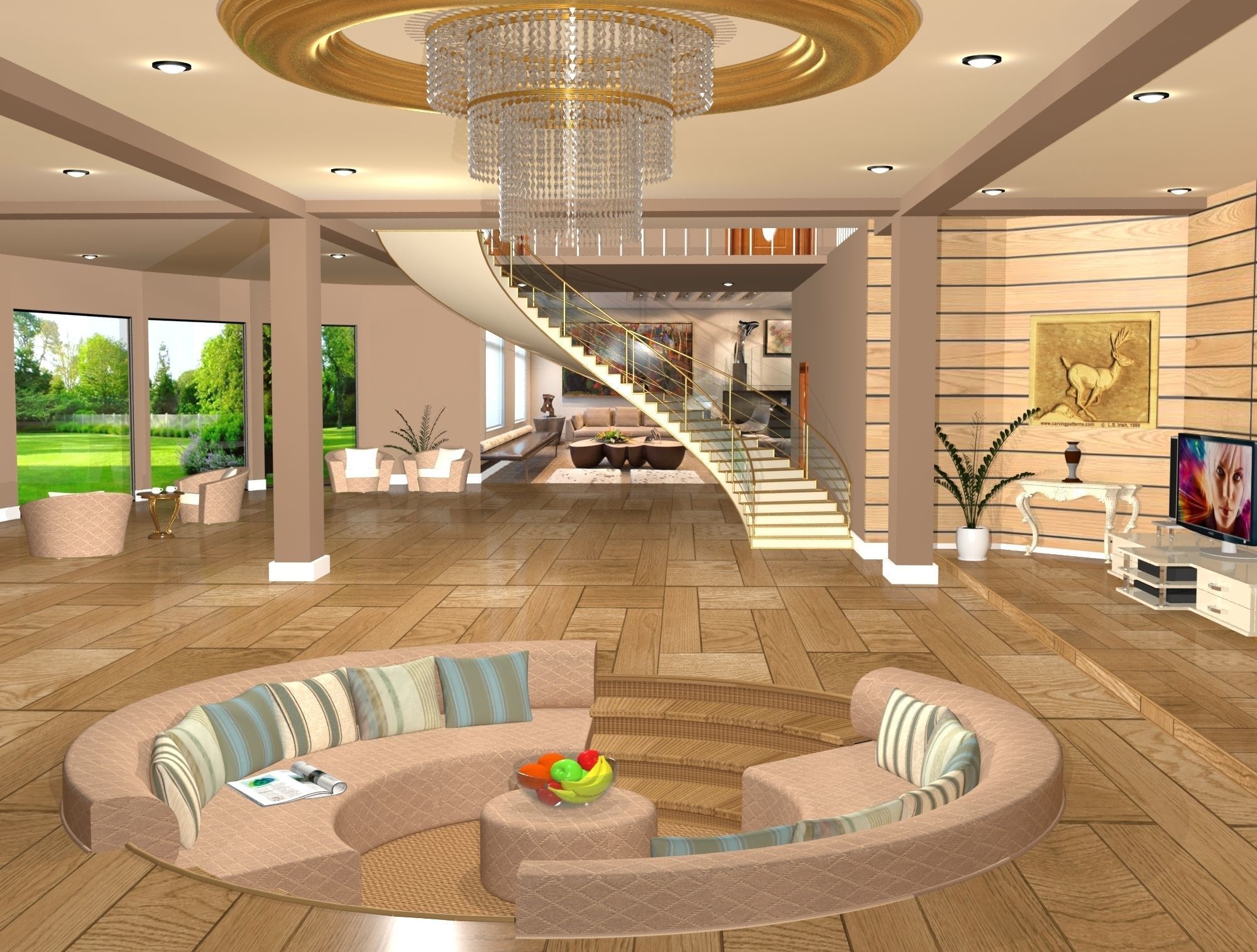






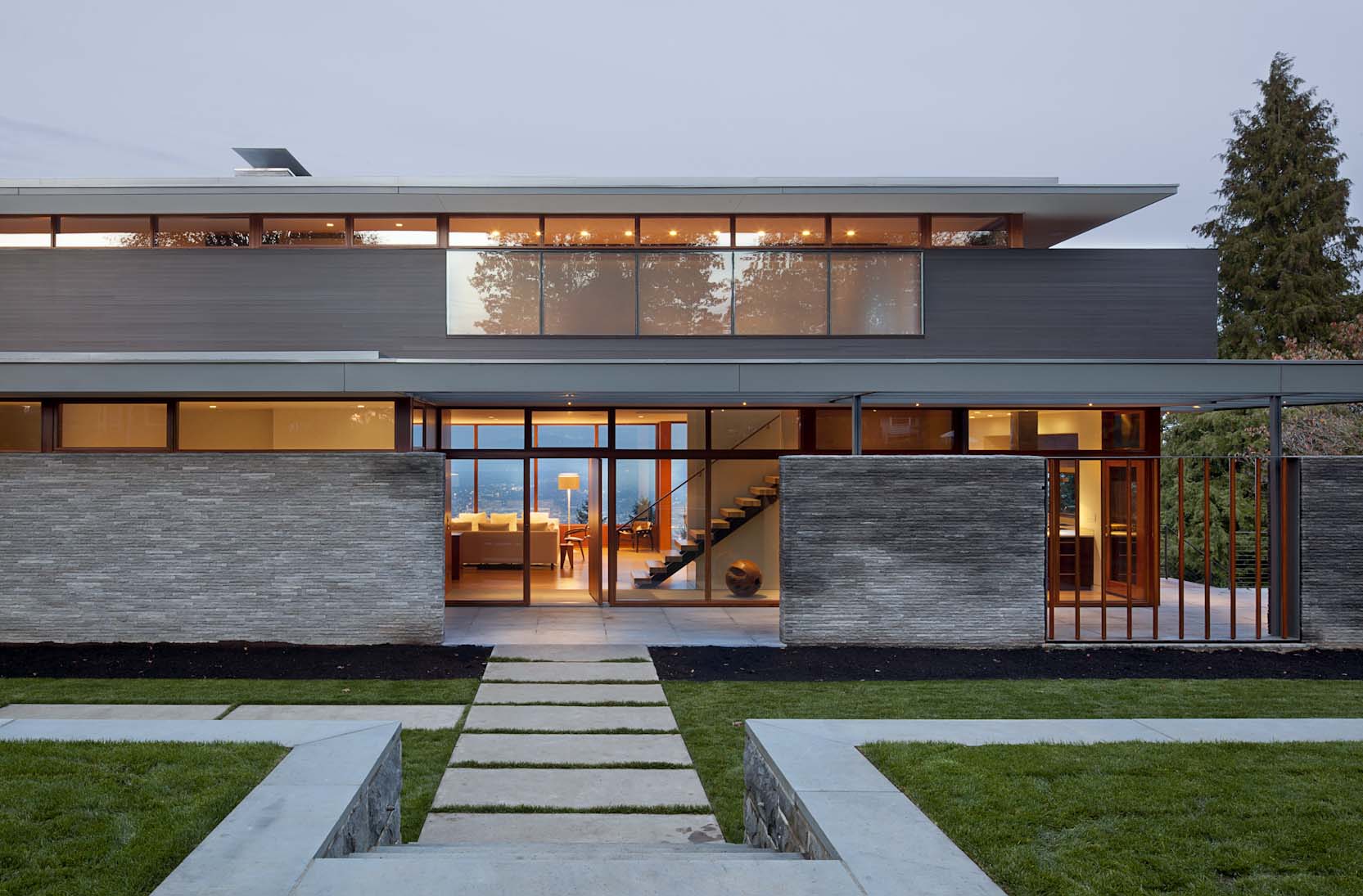






/182786404-56a9f6725f9b58b7d00038e0.jpg)






